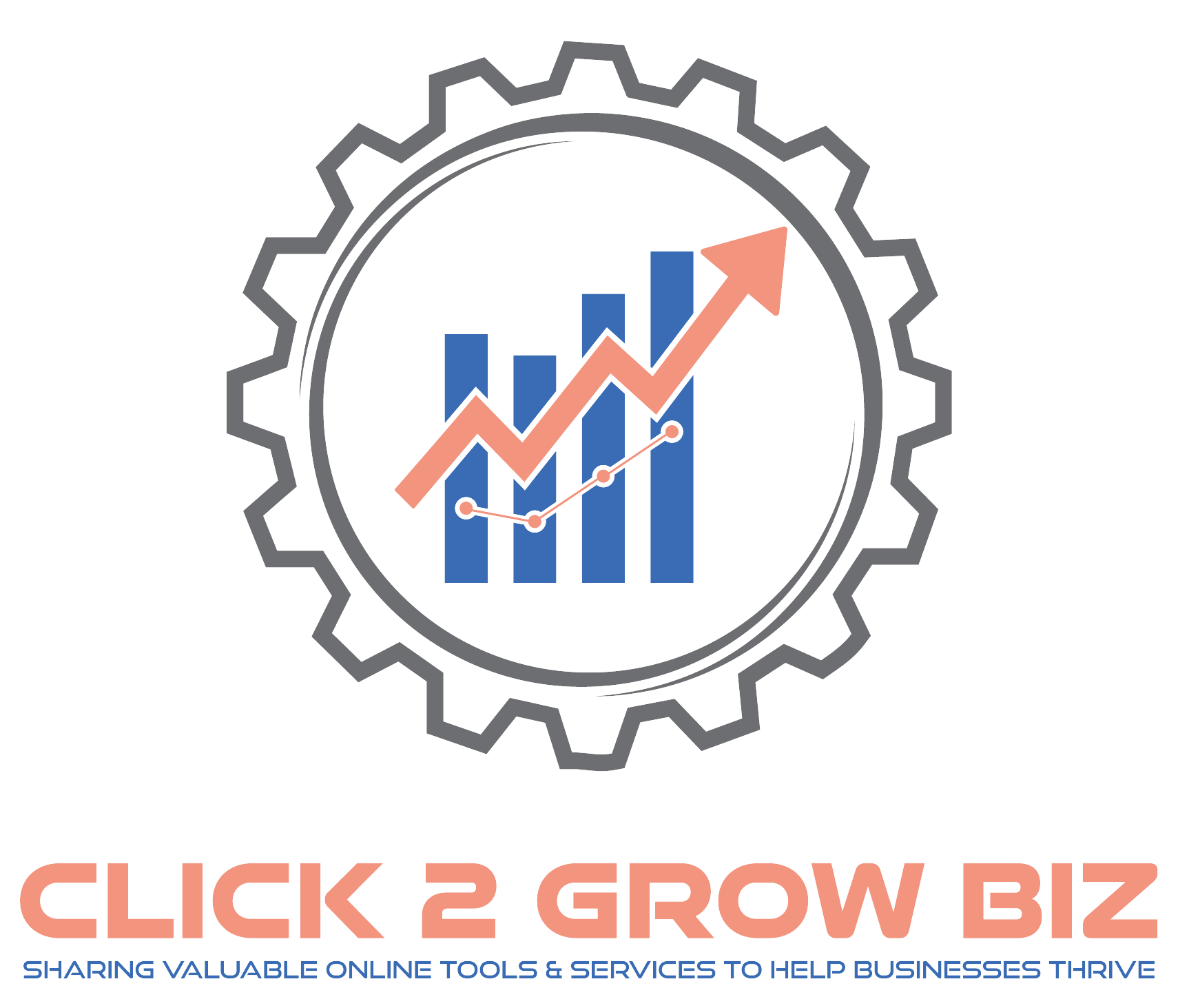The Role of AI and Machine Learning in Modern Website Builders
AI stands for Artificial Intelligence and it is the broader field that includes Machine Learning (ML). ML is a subset of AI that helps make computers smarter by teaching them without being programmed. This is how AI can learn to recognize patterns, interpret data, and predict outcomes.
AI is being used in a wide variety of business areas, including human resources and customer service. For example, an automated system can help screen resumes for specific skills and knowledge. It can also process customer service inquiries quickly and accurately. This frees up employee time to focus on more complicated and meaningful tasks.
Companies are using AI to streamline daily processes, analyze upcoming trends, forecast growth and predict outcomes. For instance, when someone adds something to their shopping cart on certain websites, the AI will instantly offer them an additional item that might be of interest based on advanced algorithms that compare thousands of other similar purchases.
Some businesses are even using ML to track user behavior, analyze data and support strategic decision-making. For example, an ML algorithm could analyze patterns in language-learning apps and find out that half of their users plateau after three months and then incorporate more supportive lessons to keep them going. It can also track data on consumer preferences and behaviors to help drive product development and customer experience.
Another area where AI is being used by companies is to take risks in the place of humans, particularly when it comes to dangerous or difficult tasks. For instance, a company may use an AI program in places with high radiation levels to monitor and prevent the risk of workers getting sick or killed from exposure. This allows humans to work safely in other areas where there is a greater potential for harm.
AI programs can take over manual and repetitive tasks that might be boring for human employees, allowing them to save energy for more exciting, creative tasks. This can improve worker morale and overall job satisfaction. It can also lead to faster production and better quality results.
For example, an ML algorithm can analyze data on how customers interact with products and services to make more informed decisions about design, manufacturing, and marketing. An algorithm can also identify and correct errors in a workflow that might have been missed by human employees, such as when a system makes a mistake when entering information or processing a payment.
When looking for a website builder, look for one that offers the ability to integrate third-party applications like social media feeds and shopping carts. It should also offer tools for creating and tracking leads. It should also be mobile-friendly so that visitors can get the same great experience no matter what device they’re using.
Some website builders will even automatically convert your site to responsive design for you. This is an excellent feature to have if you want your business’s website to be competitive in the online marketplace.

Want to know how I built my website?
Click Here to Check Out My DIY Website Builders' Top Recommendations
My Recent Posts
All-in-One Sales Automation Platform
Check out my recent post on all-in-one sales and marketing tools and what I think of it.
Sales Funnels
Check out my recent post on sales funnels and what I think about them. Are they still worth it?

Sola is a digital marketer passionate about helping businesses find and use the right tools and software to grow. My journey has been anything but conventional, spanning corporate consulting, entrepreneurship, and even farming before I discovered my true calling. I understand the challenges of building a business and balancing personal priorities, and that’s why I’m committed to helping entrepreneurs and decision-makers simplify their operations and scale efficiently. My mission? To make digital marketing and business growth easier, more effective, and rewarding for those who need it most.
Click2GrowBiz
©Copyright 2025 Click2GrowBiz
46 Elmwood Ave.
Belfast, BT9 6AZ, United Kingdom
